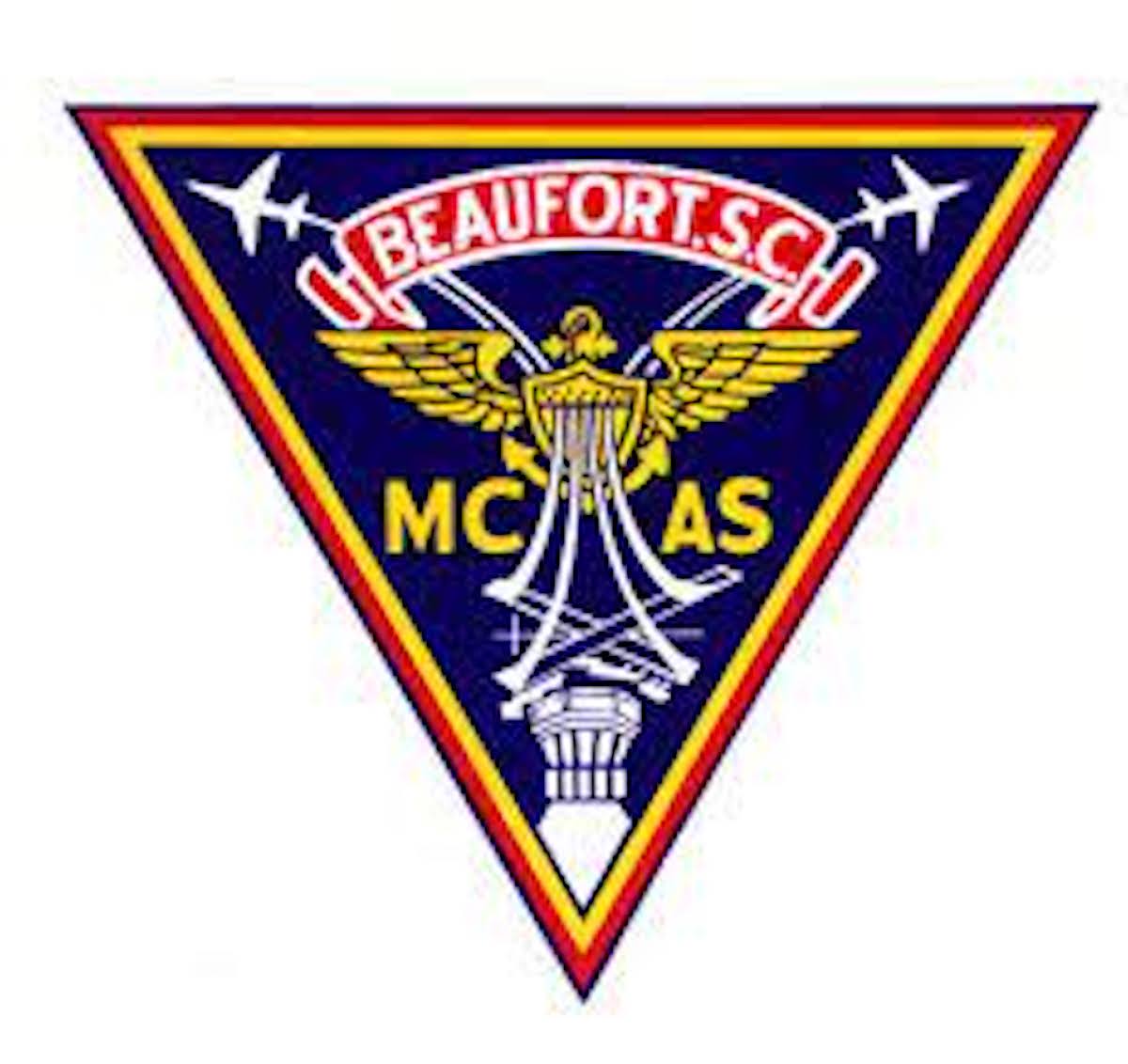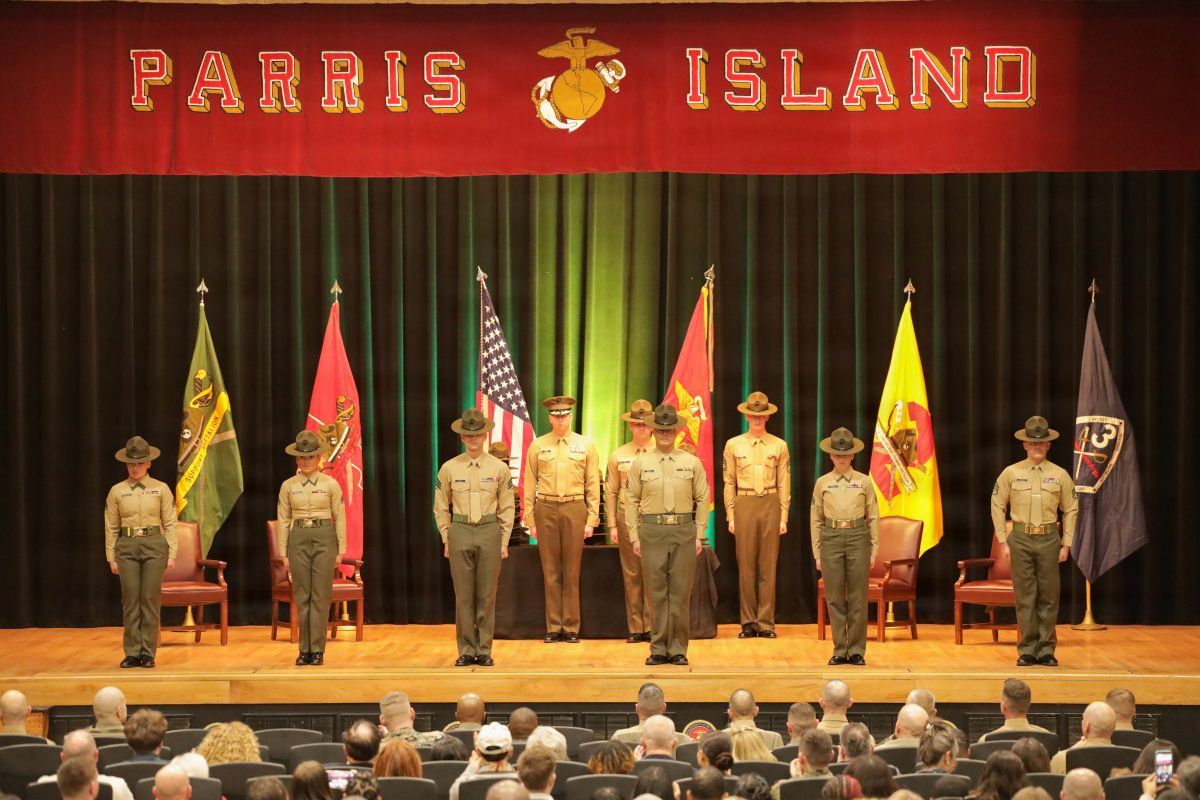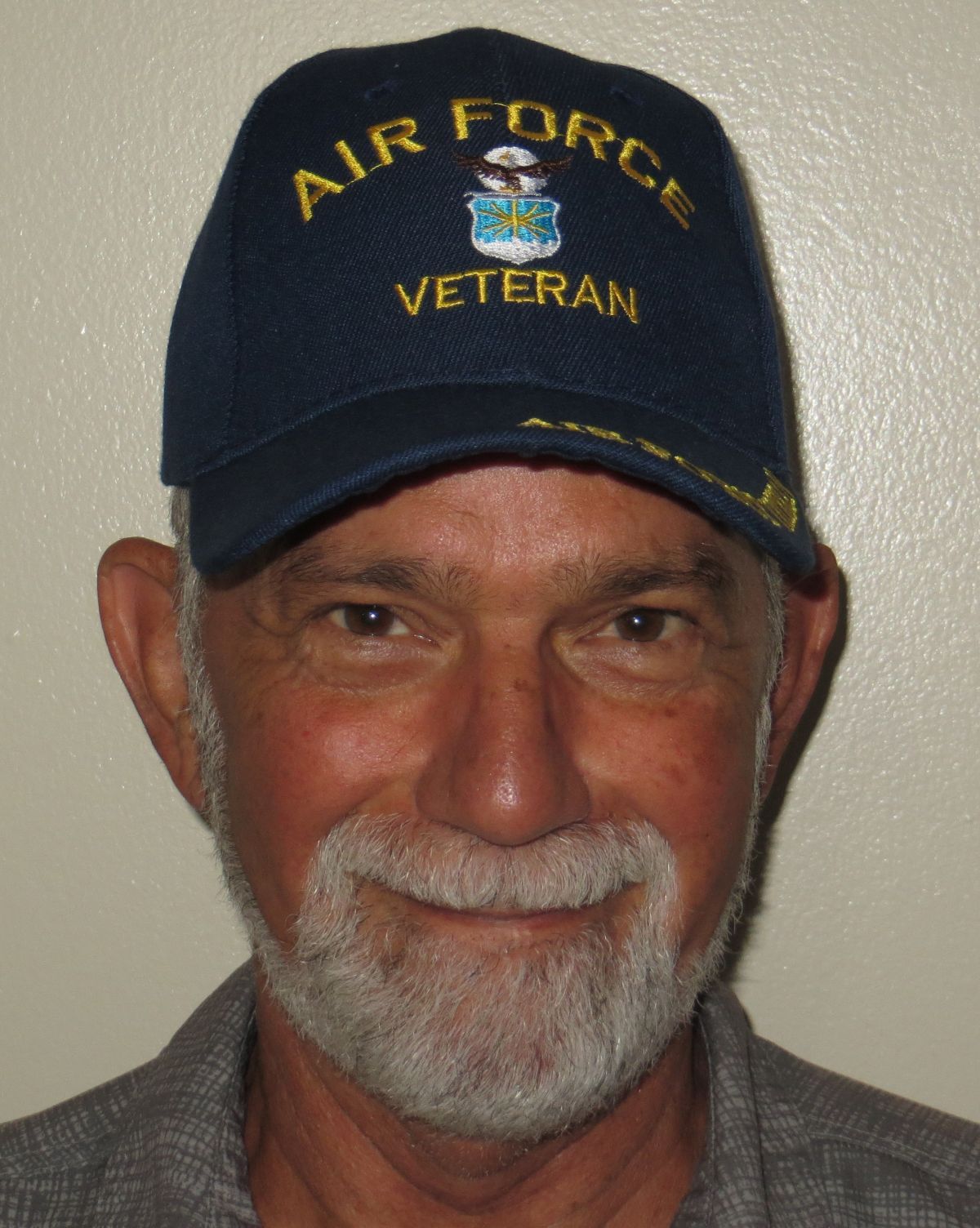Squadron will be Marine Corps’ 1st on East Coast featuring F-35C Lightning II
By 1st Lt. Jacob Ballard
USMC 2nd Marine Aircraft Wing
HAVELOCK, N.C. — Marine Fighter Attack Squadron (VMFA) 251, Marine Aircraft Group (MAG) 14, 2nd Marine Aircraft Wing (MAW), reactivated during a ceremony on Thursday, Dec. 5, aboard Marine Corps Air Station (MCAS) Cherry Point, N.C., following a four-year, seven-month hiatus.
VMFA-251, known as the “Thunderbolts” or “T-Bolts,” was previously deactivated during a ceremony on April 23, 2020, aboard MCAS Beaufort after returning from deployment in 2020 in support of Operation Inherent Resolve. The Thunderbolts’ deactivation concluded its 34 years as an F/A-18 Hornet squadron. The squadron was then relocated to MCAS Cherry Point to begin its transition to the F-35.
VMFA-251 received its first F-35C Lightning II Joint Strike Fighter delivery on Sept. 17, 2024, marking a key milestone in the squadron’s transition process. VMFA-251 is the Marine Corps’ first East Coast-based operational F-35C Lightning II Joint Strike Fighter squadron.
The F-35 is a fifth-generation fighter jet with advanced stealth, agility and maneuverability, sensor and information fusion, and provides the pilot with real-time access to battlespace information. It is designed to meet an advanced threat, while improving lethality, survivability, and supportability.
The F-35C is designed to operate from conventional aircraft carriers or land bases and provides operational maneuverability and persistence to the Marine Air-Ground Task Force (MAGTF). Superior internal fuel capacity results in a significantly increased combat radius and longer on-station times as compared to the F-35B, the F-35’s short takeoff and vertical landing (STOVL) variant.
“Today, almost 83 years to the day after it was founded, VMFA-251 reactivates as an F-35C Lightning II squadron. The T-Bolts are humbled and honored for the privilege of carrying that proud legacy forward,” said Lt. Col. Evan Shockley, commanding officer, VMFA-251. “Our immediate focus is working towards initial operational capability, which means that VMFA-251 has enough operational F-35C Lightning II aircraft, trained pilots, maintainers, and support equipment to self-sustain its mission essential tasks. Following that, we will turn our attention towards reaching full operational capability to ensure that, when called upon, the T-Bolts will stand ready to serve our great nation.”
VMFA-251 is a subordinate unit of 2nd MAW, the aviation combat element of II Marine Expeditionary Force.








